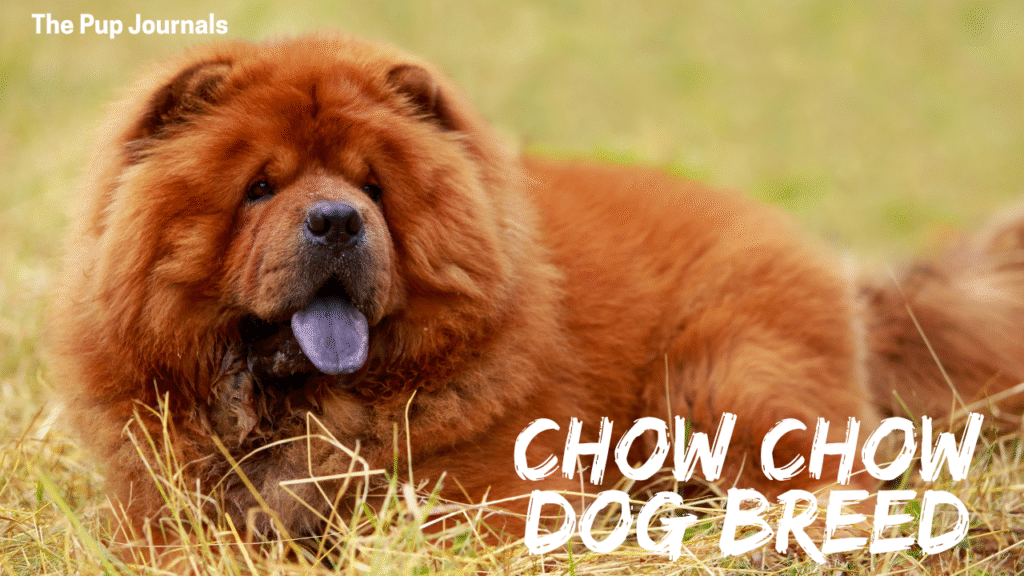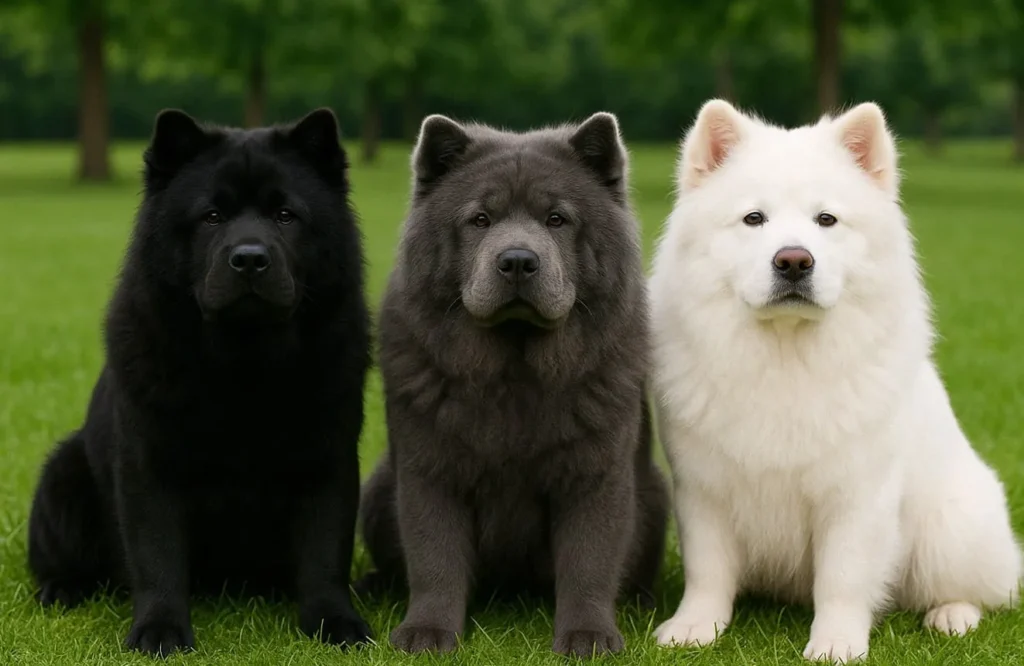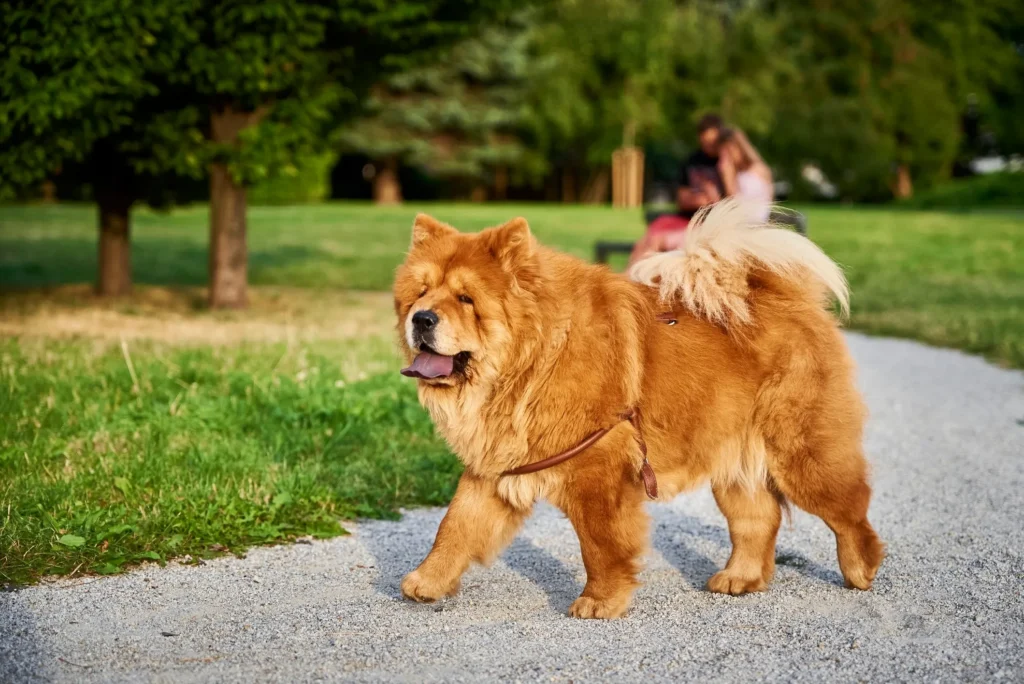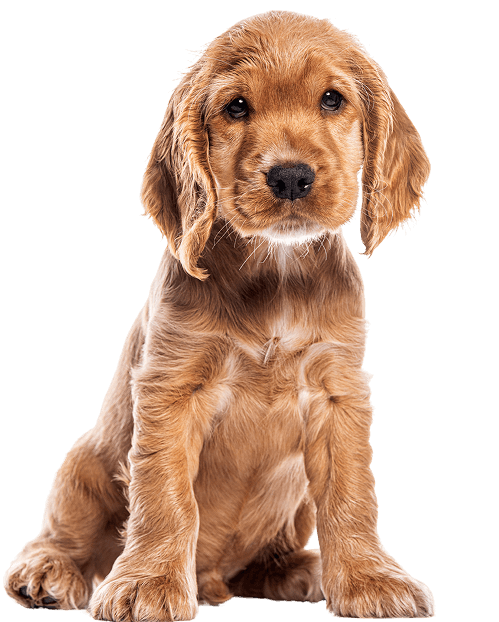
Table of contents
Introduction
Chow Chow dogs charm many with their fluffy mane and dignified look. They offer loyalty, independence, and gentle companionship at home. This guide explains breed history, traits, care, and training tips. You will learn expert advice to keep your Chow Chow healthy. We use clear, simple language so everyone understands. Let us explore the key facts about the Chow Chow dog.
History and Origin
Chow Chow originate from northern China over two thousand years ago. Ancient artifacts show chow-like dogs guarding homes and temples. The breed name chow chow comes from old English slang. British traders adopted chow translations for local goods and animals. In the late 1800s, chow arrived in Europe and the United States. The Kennel Club registered the first Chow Chow in 1895. Victorian dog lovers admired chow for its unique blue-black tongue. They valued the chow chow’s lion-like mane and sturdy build. Breed standards evolved to emphasize the chow’s square frame and coat. These dogs gained deeper respect through dog shows and exhibitions. Chow clubs emerged in the early twentieth century worldwide. Today, chow chow remain beloved for their noble stance and charm.
Read More: Newfoundland Dog Breed Guide
Appearance and Coat

Chow Chow show a sturdy, square build that exudes strength. Their thick double coat comes in red, black, cream, and blue. Their dense undercoat provides insulation in cold weather. The chow’s mane around the neck gives a lion-like look. Chow Chow puppies have floppy ears that stand tall with age. These dogs display almond eyes that appear dark and expressive. A blue-black tongue remains the chow chow’s signature trait. Their tails curl high over the back in graceful arcs. Chows shed heavily twice a year in seasonal coat blowouts. Proper coat care ensures healthy skin and reduces matting.
Temperament and Personality
Chow Chow temperament mixes dignity, independence, and quiet loyalty. They often act aloof with strangers until they feel safe. Chows form strong bonds with their chosen family members. They show calm confidence in most home environments. These dogs prefer clear boundaries and consistent rules. Chow Chow rarely demand constant attention or cuddles. Early socialization prevents unwanted aloofness or dog aggression. Chows view their family pack as the center of life. They bark sparingly but alert you to unusual activities. This breed thrives on moderate affection and respectful space. Chow Chow personality suits owners seeking a loyal, calm companion.
Training Tips
Training a Chow Chow requires patience, consistency, and positive reinforcement. Begin training early when they are eager to learn. Use treats and praise to reward desired behaviors immediately. Short, focused sessions work better than long drills. Expose your chow chow puppy to many sights and sounds. Socializing with children, adults, and dogs builds stable confidence. Teach basic commands like sit, stay, come, and leash manners. Avoid harsh corrections that undermine a chow’s trust. Practice commands daily to reinforce positive training habits. Celebrate small successes to keep your chow chow motivated. Consider puppy classes or private trainers for extra support.
Exercise Needs
Chow Chow need daily exercise to stay fit and calm. Plan two moderate walks of twenty to thirty minutes. Add play sessions in a secure, fenced yard. Puzzle toys and slow feeders help engage their mind. Avoid strenuous activities in hot weather for chow safety. Chows can overheat quickly under direct sun or high heat. Swimming offers a low impact, cooling exercise option. Monitor your chow’s energy and adjust exercise accordingly. Senior chow chow may need shorter, more frequent walks. Adequate exercise reduces boredom and prevents destructive behaviors. Family walks strengthen your bond and satisfy their instincts.
Grooming and Coat Care

Chow Chow grooming requires regular effort to prevent mats. Brush the coat thoroughly twice weekly with a slicker brush. Use an undercoat rake during seasonal sheds to remove dead hair. Check for debris, ticks, and skin irritations while grooming. Bathe a chow only when necessary with gentle dog shampoo. Dry thoroughly to avoid dampness in the dense coat. Trim paw hair and sanitary areas for cleanliness. Inspect ears weekly for signs of infection or wax buildup. Brush chow chow teeth at least three times per week. Trim nails every two to three weeks for comfort. Professional grooming every three months keeps the coat in shape.
Health and Common Issues
Chow Chow enjoy strong health but face some breed issues. Hip dysplasia appears in some lines, so screen breeding dogs. Elbow dysplasia also affects a small percentage of chows. Bloat can be life-threatening, so feed smaller, frequent meals. Monitor their breathing, especially in hot or humid weather. Chows may develop eye conditions like entropion or eyelid issues. Skin allergies and hot spots require prompt vet treatment. Thyroid problems can affect energy levels and metabolism. Annual veterinary exams catch issues before they worsen. Pet insurance can help cover unexpected medical costs. Provide joint supplements after vet consultation for extra support.
Nutrition and Diet
Feed your Chow Chow high quality, balanced dog food daily. Choose formulas with lean protein and healthy fats. Divide meals into two portions to reduce bloat risk. Offer fresh water at all times, especially after exercise. Use slow feeders to encourage mindful eating habits. Adjust portions based on age, weight, and activity level. Consult your veterinarian for personalized dietary recommendations. Supplement with fish oil for skin and coat health. Monitor weight regularly and tweak diet as needed. Treats should make up less than ten percent of calories. Healthy nutrition supports joints, immune system, and overall health.
Living with a Chow Chow
Chow Chow adapt well to apartments and houses alike. They prefer a calm, stable home environment. Establish clear rules and boundaries from day one. Provide a cozy bed or crate for personal space. Keep home temperature moderate to avoid overheating. Interactive toys reduce loneliness when you are away. Chow Chow do not like constant loud noises. They enjoy quiet time after exercise and socializing. Supervise children around your chow for safe interactions. Fence your yard securely to prevent escape attempts. Offer mental challenges like treat puzzles daily. Daily routine and structure help your chow feel secure.
Finding and Adopting a Chow Chow
Choose a reputable breeder who performs health clearances. Ask for hip and elbow screening certificates. Verify chow chow parents for stable temperament and health. Visit the breeder’s home to observe puppy conditions. Meet littermates to gauge energy and personality traits. Request detailed vaccination and deworming records for puppies. Consider rescue organizations for adult chow chow in need. Adoption fees often cover initial vet exams and vaccines. Rescues provide behavior assessments and breed-specific support. Prepare your home with beds, bowls, crates, and toys. Schedule a vet visit within the first week of adoption. Join chow chow clubs or online groups for ongoing advice.
Conclusion
The Chow Chow dog breed offers dignity, loyalty, and unique charm. This guide provided history, care, training, health, and adoption tips. Use consistent routines, balanced nutrition, and regular grooming. Socialize and train early to shape a well-mannered chow. Monitor health with routine vet visits and proper exercise. Enjoy the rewarding bond you form with your loyal Chow Chow.
Reference: https://en.wikipedia.org/wiki/Chow_Chow


2 Responses